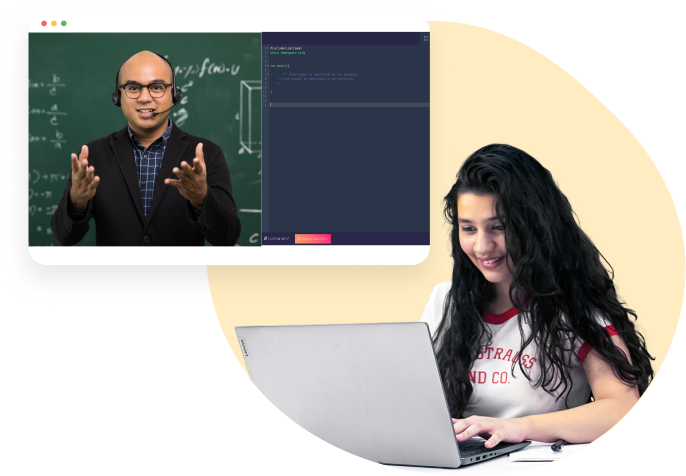Data structures training focuses on teaching the fundamental ways of organizing and managing data efficiently. This training covers various data structures such as arrays, linked lists, stacks, queues, trees, and graphs. It emphasizes understanding the principles behind these structures and their applications in solving computational problems. Learners gain hands-on experience in implementing and manipulating these structures using programming languages like Python, Java, or C++. The course often includes algorithm analysis to evaluate performance and optimize solutions. Practical exercises and projects help reinforce concepts and develop problem-solving skills. Overall, data structures training is essential for anyone pursuing a career in software development, computer science, or related fields.

₹15,000
4.8
12K+ Learners enrolled
100 +
Duration(Hours)
350+
Problems


Watch classes any time at your convenience

Catch up on the course when life is calling you elsewhere



A structured curriculum that makes learning easy

Practice code problems of varying difficulty

Engagement coach to keep you motivated

Compile & run in an integrated coding environment

1:1 sessions over voice call & chat with our skilled teaching assistants




1:1 Mock interviews with resume and career guidance

Structured feedback to make you better

Get a chance to be referred to your mentors’ company

Skill-based hiring across all levels of experience



Average salary hike

Transitions to product companies

Trusted placement partners















